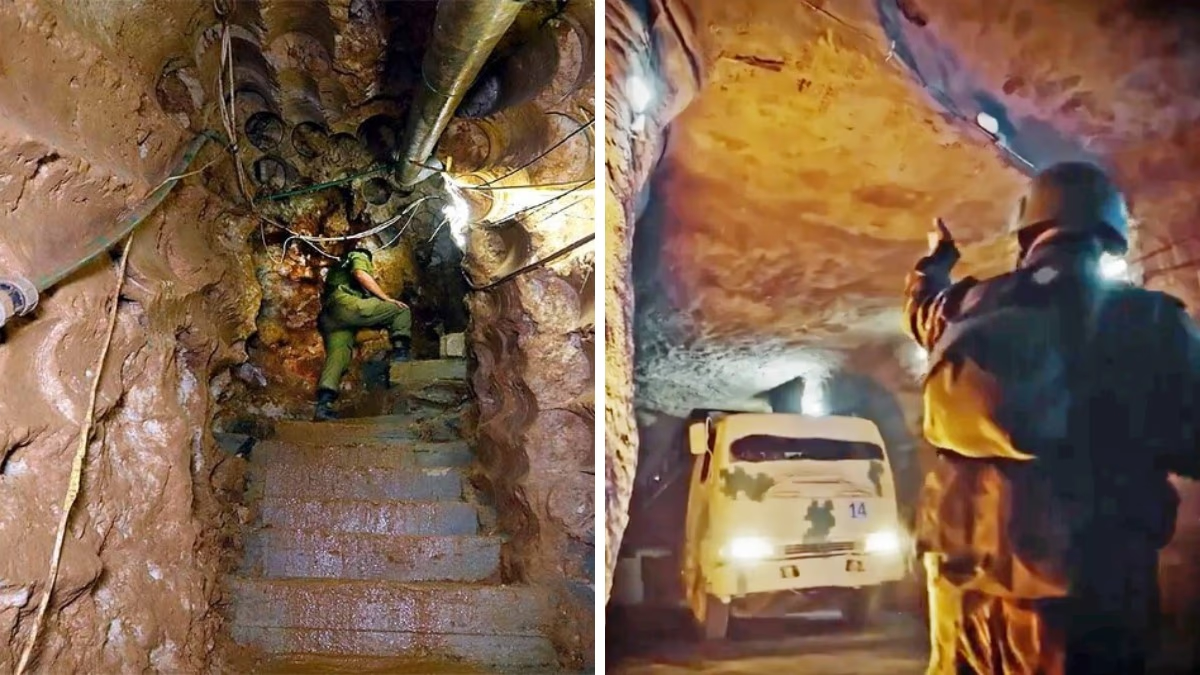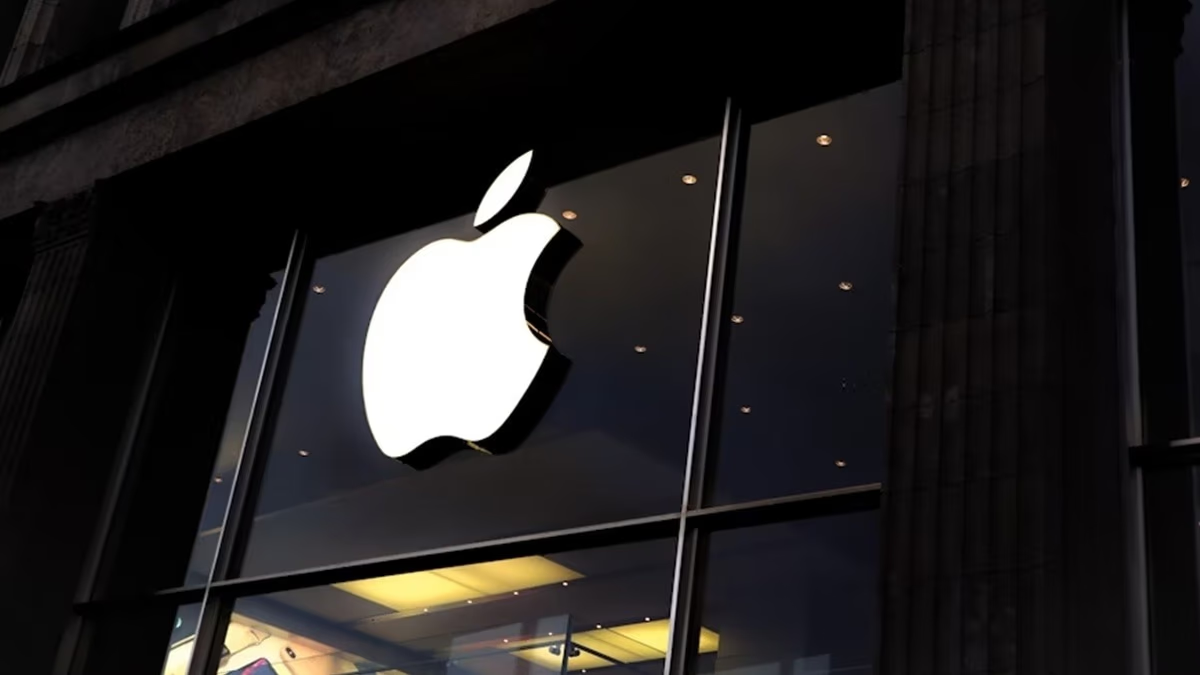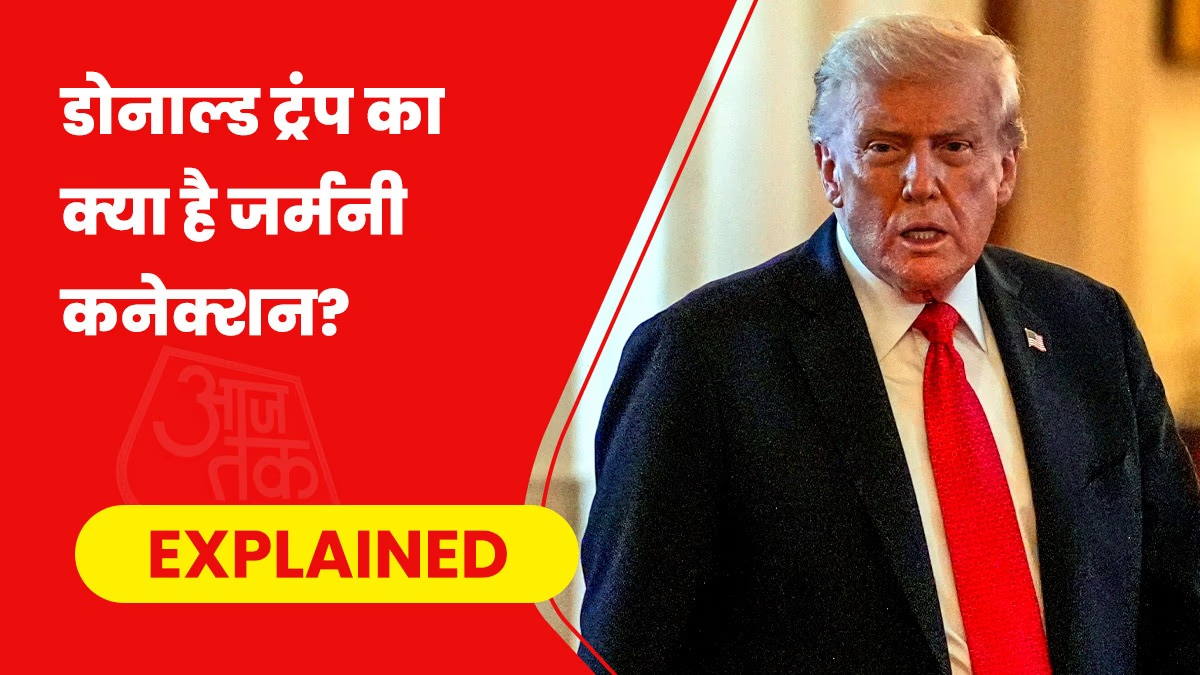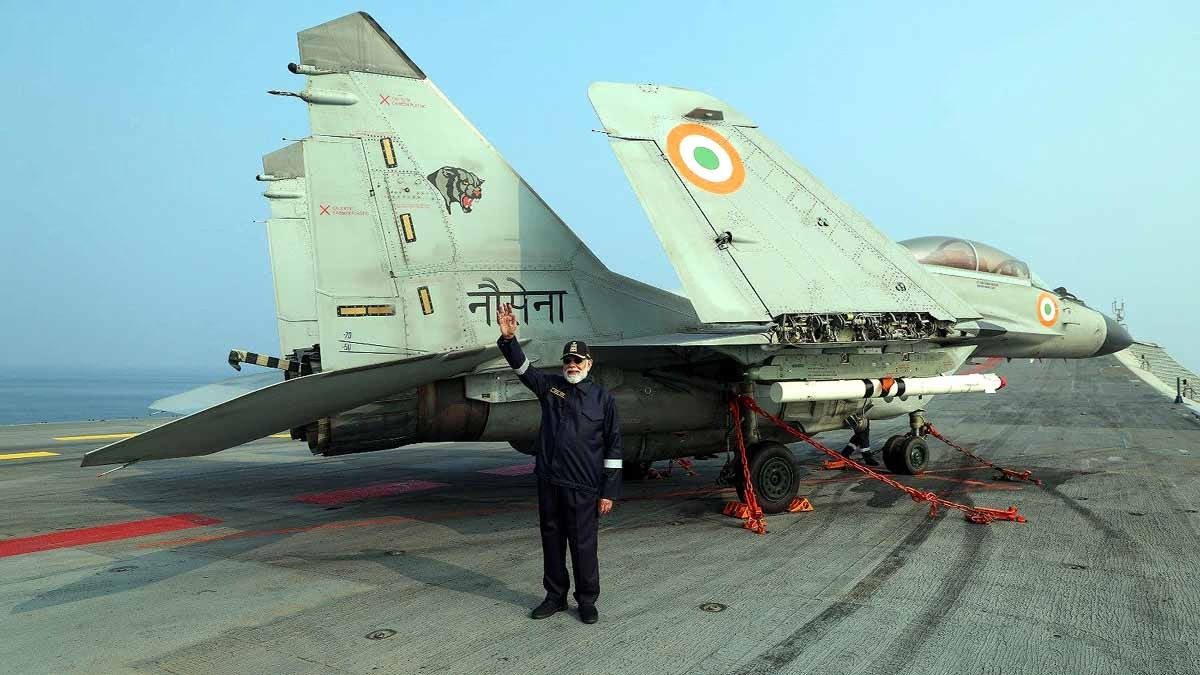Israeli soldiers stormed Hezbollah’s underground tunnels on Monday, marking the beginning of a ground invasion into Lebanon. Netanyahu warned the Iranian government on television, stating, "There is no place in the Middle East where Israel cannot reach."
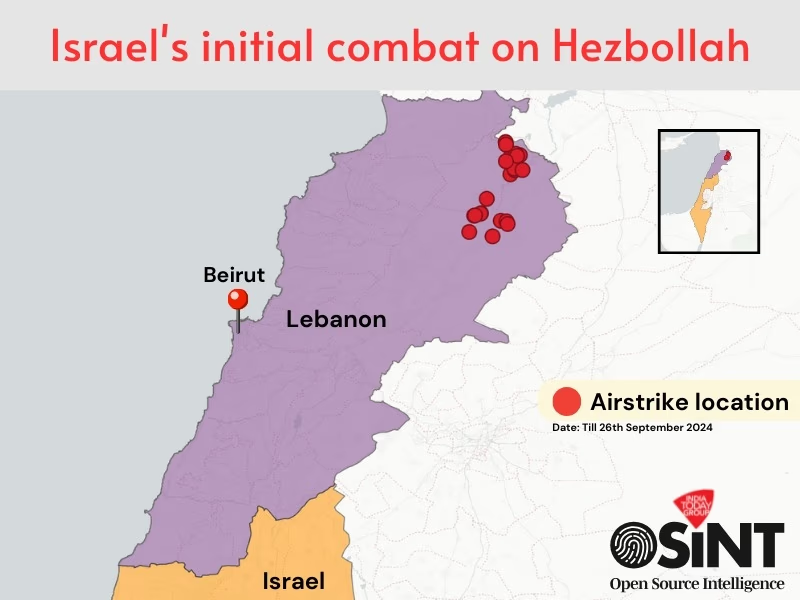
Source: aajtak
If you’ve heard of Hamas’ ‘Metro’ beneath Gaza, imagine Hezbollah’s labyrinthine tunnels in Lebanon, intricately woven to allow terrorists to navigate in the dark and fire automatic weapons from confined spaces for maximum lethality. Iran and North Korea aided in the creation of Hezbollah’s ‘Tunnel City’ in Lebanon.
It is estimated that the Israel Defense Forces (IDF) have eradicated about 80% of Hamas' tunnels, but Hezbollah’s tunnels, largely untouched since the onset of the war in Gaza, are believed to be far more sophisticated and expansive. This allows Hezbollah to transport large quantities of missiles and vehicles around southern Lebanon without detection.
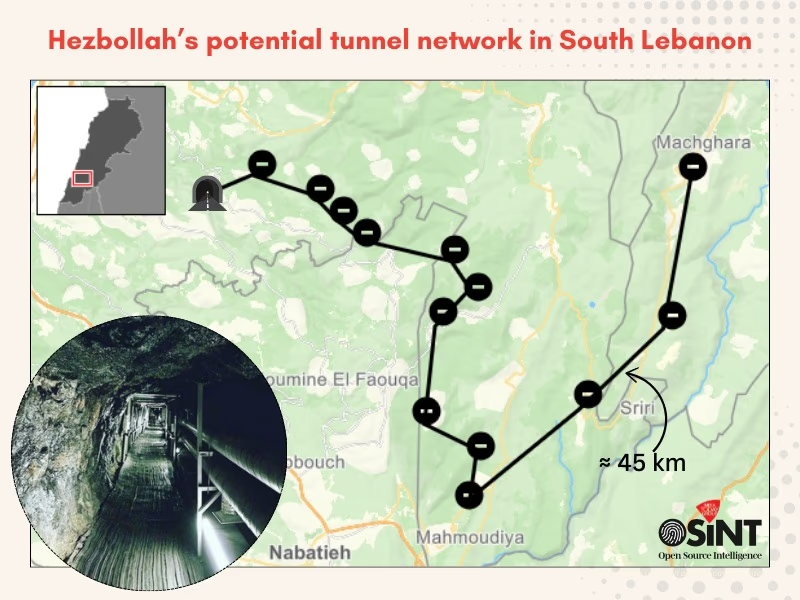
Source: aajtak
Indeed, a 45-kilometer long tunnel network in Southern Lebanon was mapped by 'Aaj Tak' in 2021 from open research papers published by Alma Research and Education Center, an NGO focusing on Israel's security challenges on its northern border.
The mapped sites are located south of the Litani River in Lebanon, an area where Hezbollah is prohibited from storing weapons under a UN-sponsored ceasefire that ended the summer 2006 war between Israel and the guerrilla group. The extensive tunnel network connects Beirut (Hezbollah’s central headquarters) and the Bekaa region (Hezbollah’s logistics operations rear base) to southern Lebanon.
These tunnels frequently traverse the rugged and hilly terrains of the Galilee region to infiltrate Israel. In 2018, the Israeli Defense Forces exposed six offensive tunnels constructed and dug into Israeli territory during Operation “Northern Shield.”
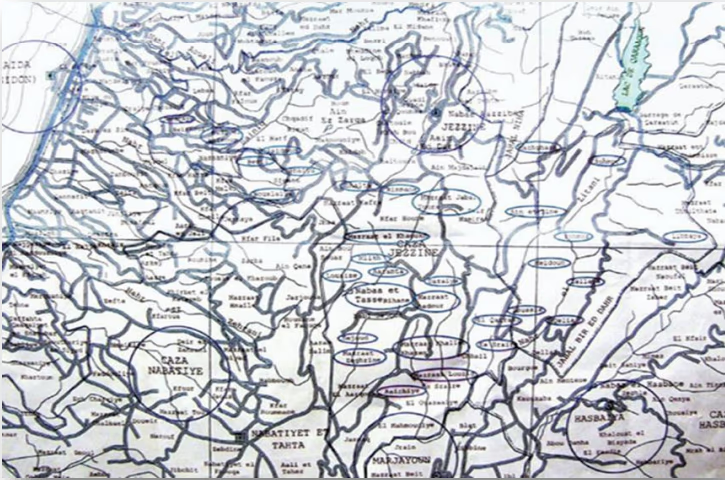
Source: aajtak
The total length of Hezbollah’s tunnels, known as
